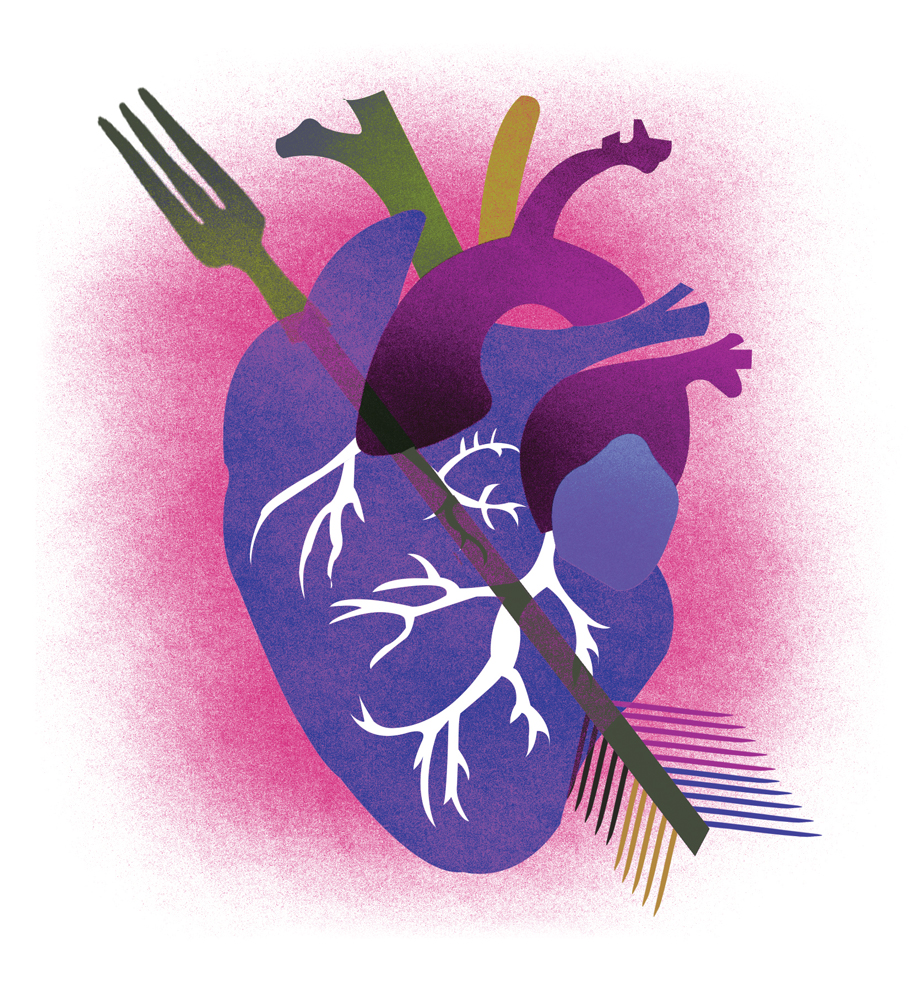Maybe you’ve been looking at your love life with your partner and you’ve found date nights have gotten a little boring as of late. With Valentine’s Day coming up, you want to try something adventurous; you want to get your blood pumping in ways you haven’t experienced in years. You want to feed your appetite while trying something different – delicious, but just a little taboo.
We have a solution. Go to the bedroom, pick up the phone, and make a reservation for a restaurant that serves one of the most delectable but rarely tried meats – the heart.
“It’s my favourite cut,” says Blair Lebsack, owner of RGE RD restaurant, named one of enRoute Magazine‘s Top 10 new restaurants in the country and judged the city’s top eatery by Avenue in 2014. RGE RD regularly features its Questionable Bits dish – an “off-cuts” item that changes given what’s come in that week – so it’s no surprise that heart graces the menu from time to time. But a favourite?
“It’s super flavourful. The texture makes you know you have to use your teeth, but done right it’s not chewy. The colour is wonderful and you can cook it in a multitude of different ways,” he says. This can require what Lebsack calls “aggressive marinating,” but the heart’s density means that it absorbs more flavour. Grilled bison heart, duck hearts seared in a cast iron pan, or the staple heart tartare are a number of items that have been featured on RGE RD’s menu with great success.
It takes a lot of skill to properly prepare heart. It’s made up of several layers of cells that are intricately interlaced, crisscrossing overtop of one another in a mesh pattern that can reach up to an inch and a half thick in a cow’s heart. The density makes marinating or tenderizing a must, but there are other challenges when cooking with heart.
Edgar Gutierrez, head chef and co-owner of Mexican taqueria Tres Carnales, found that, while heart is delicious, the organ can be difficult to cook. Heart is incredibly lean, so it dries out faster than cuts containing more fat. And even when perfectly prepared by an experienced chef, there’s one ingredient that’s required that only the customer can provide: A pinch of courage.
